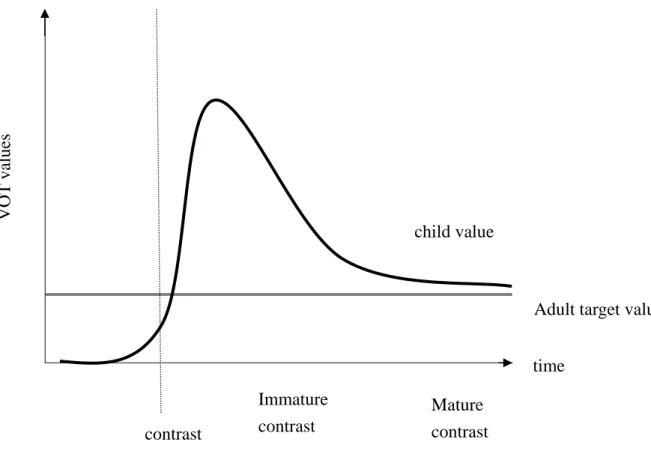This chapter reviews previous studies from two perspectives. The first one reports
全文
數據

相關文件
Enabling occupation in children: The cognitive orientation to daily occupational performance (CO-OP) approach. Enhancing transition from early childhood phase to primary
Based on the suggestions collected from the Principal Questionnaire and this questionnaire, feedback collected from various stakeholders through meetings and
The long-term solution may be to have adequate training for local teachers, however, before an adequate number of local teachers are trained it is expedient to recruit large numbers
The left panel shows boxplots showing the 100 posterior predictive p values (PPP-values) for each observed raw score across the 100 simulated data sets generated from
H.. In contrast to the two traditional mechanisms which all involve evanescent waves, this mechanism employs propagating waves. This mechanism features high transmission and
Let T ⇤ be the temperature at which the GWs are produced from the cosmological phase transition. Without significant reheating, this temperature can be approximated by the
• LQCD calculation of the neutron EDM for 2+1 flavors ,→ simulation at various pion masses & lattice volumes. ,→ working with an imaginary θ [th’y assumed to be analytic at θ
Most experimental reference values are collected from the NIST database, 1 while other publications 2-13 are adopted for the molecules marked..